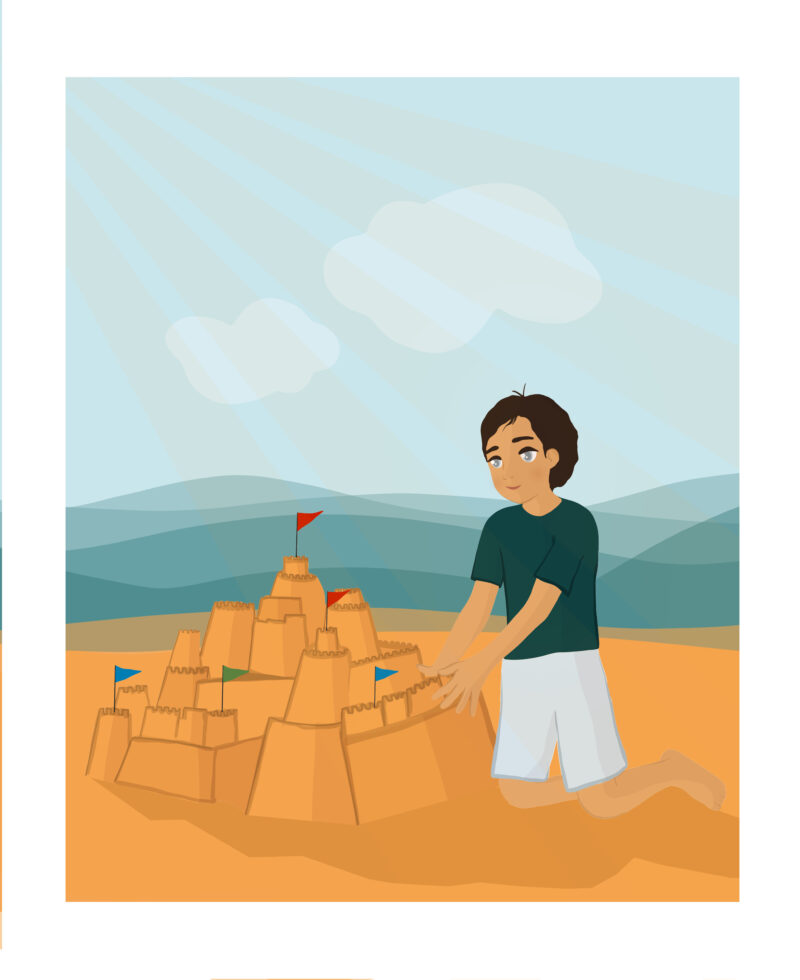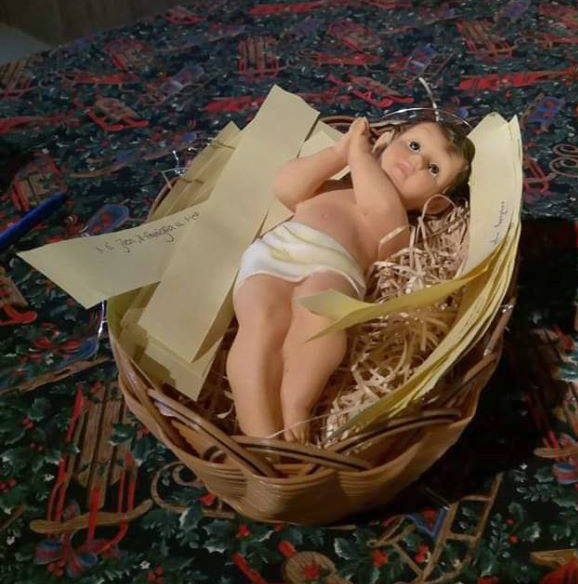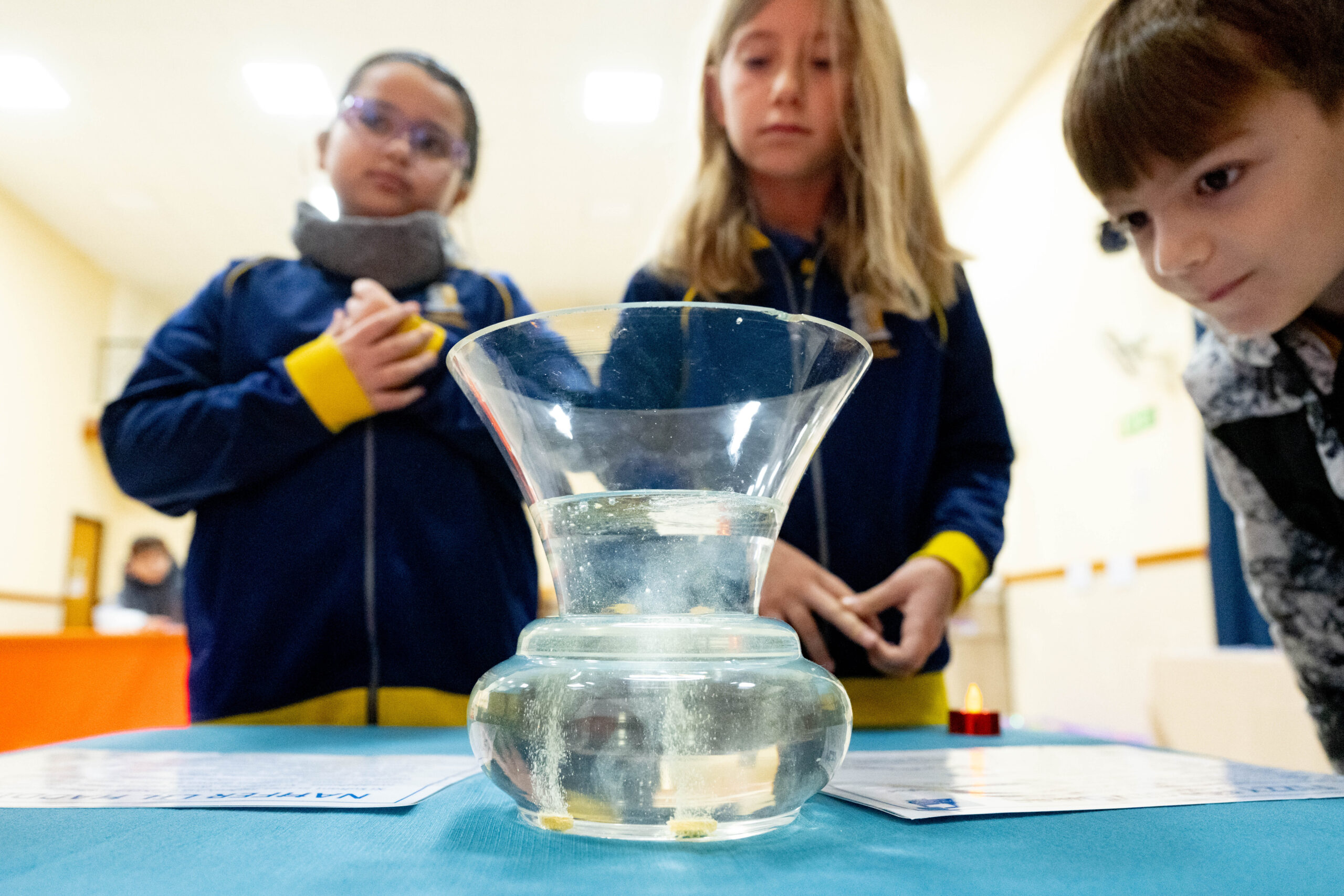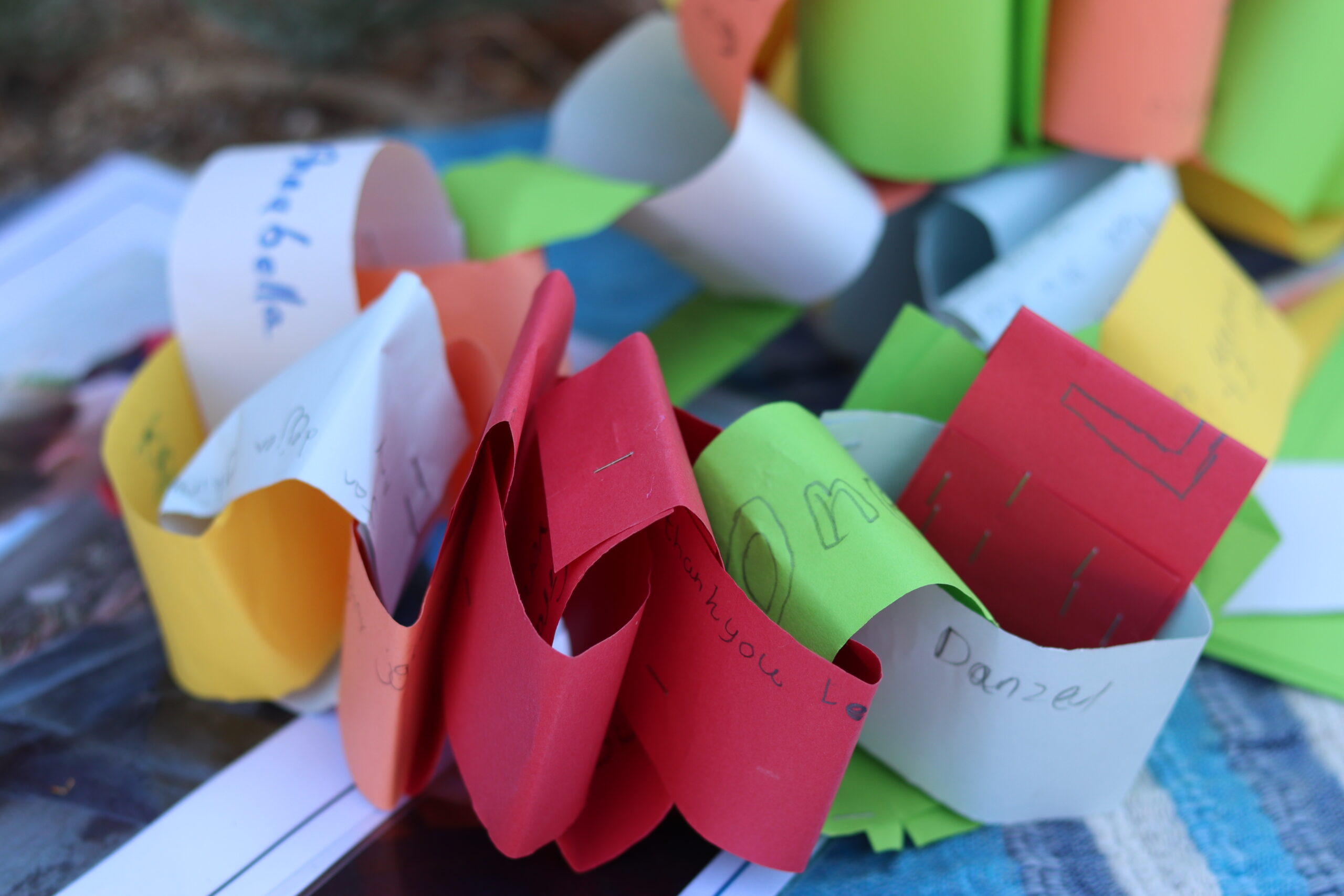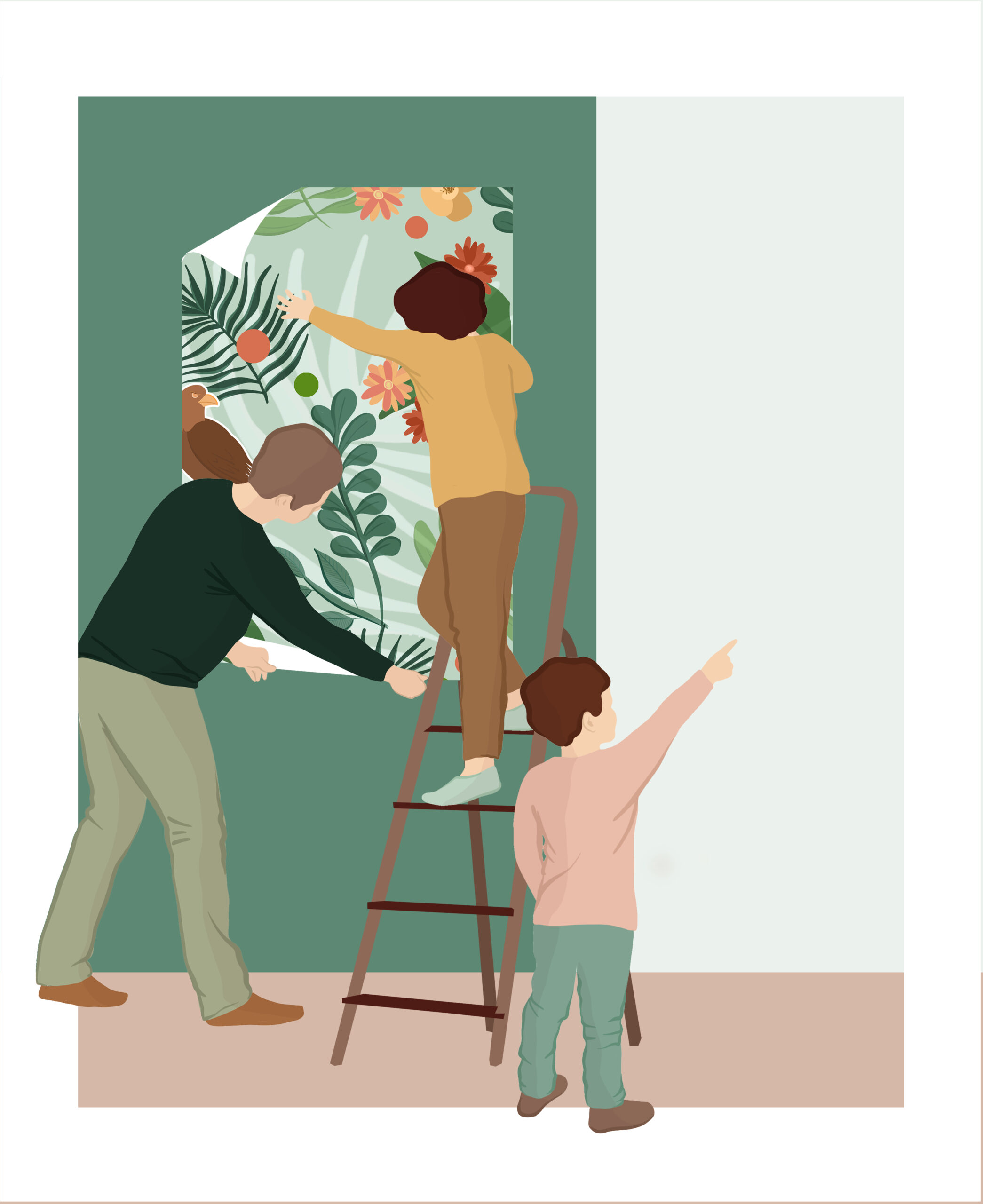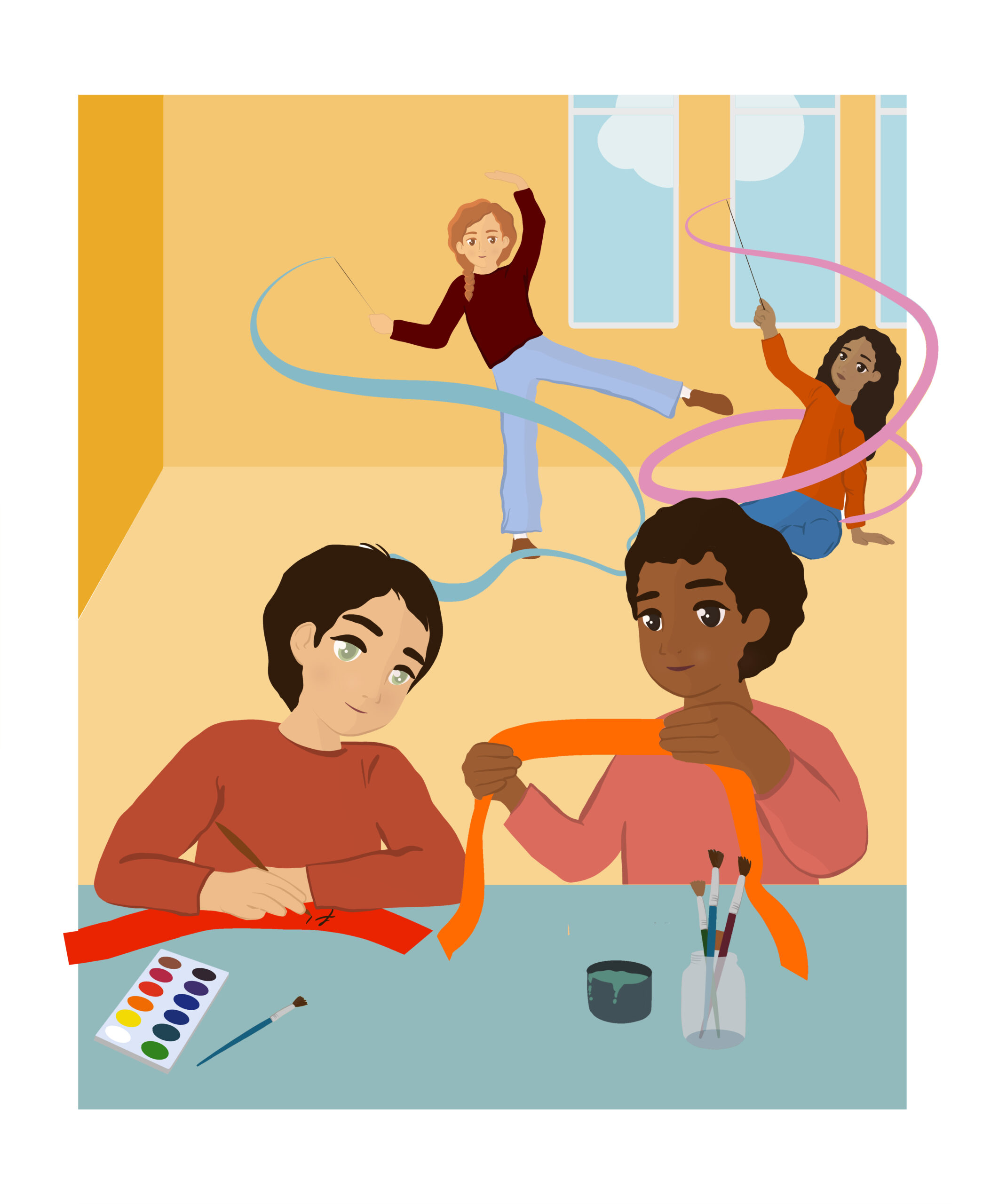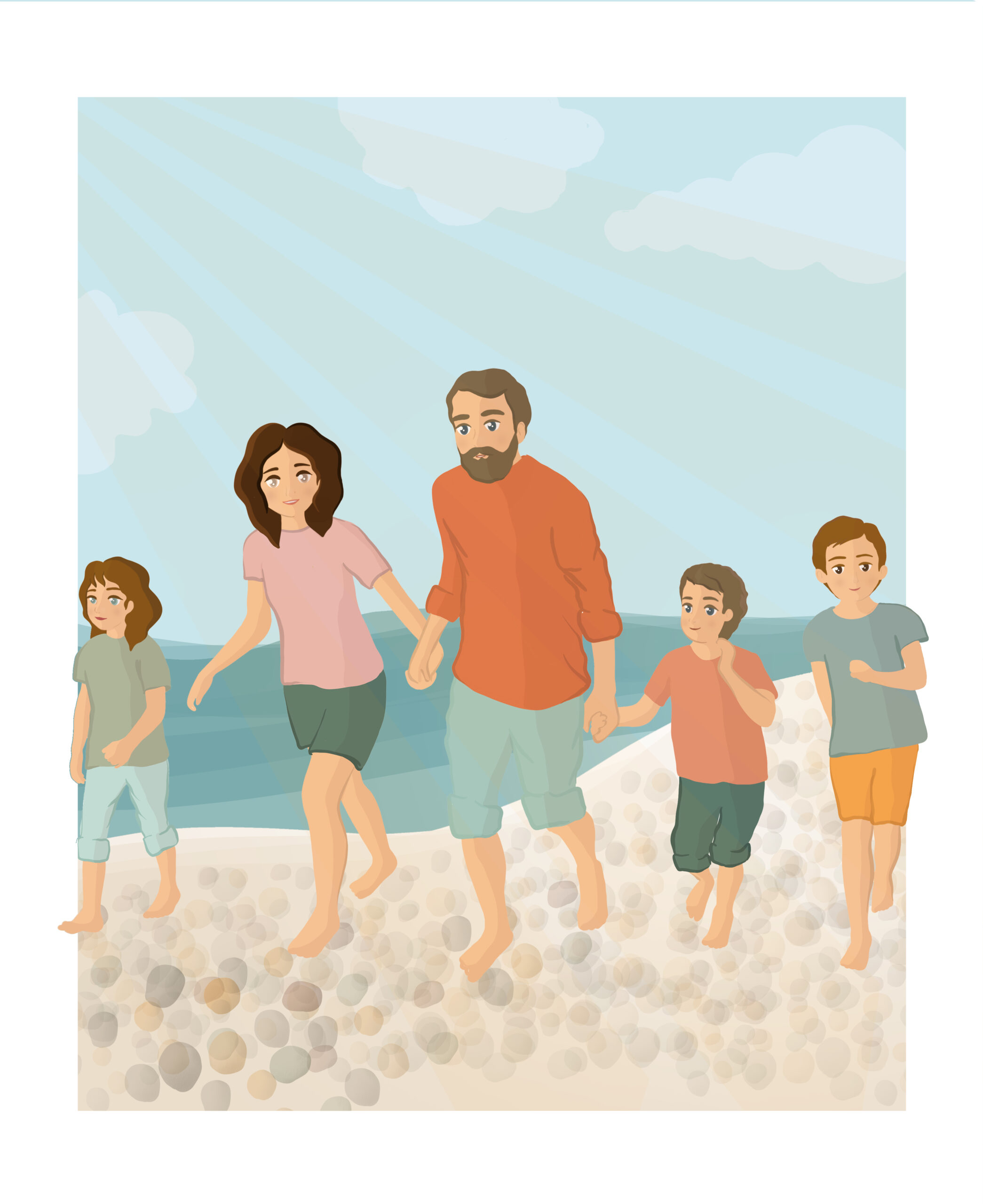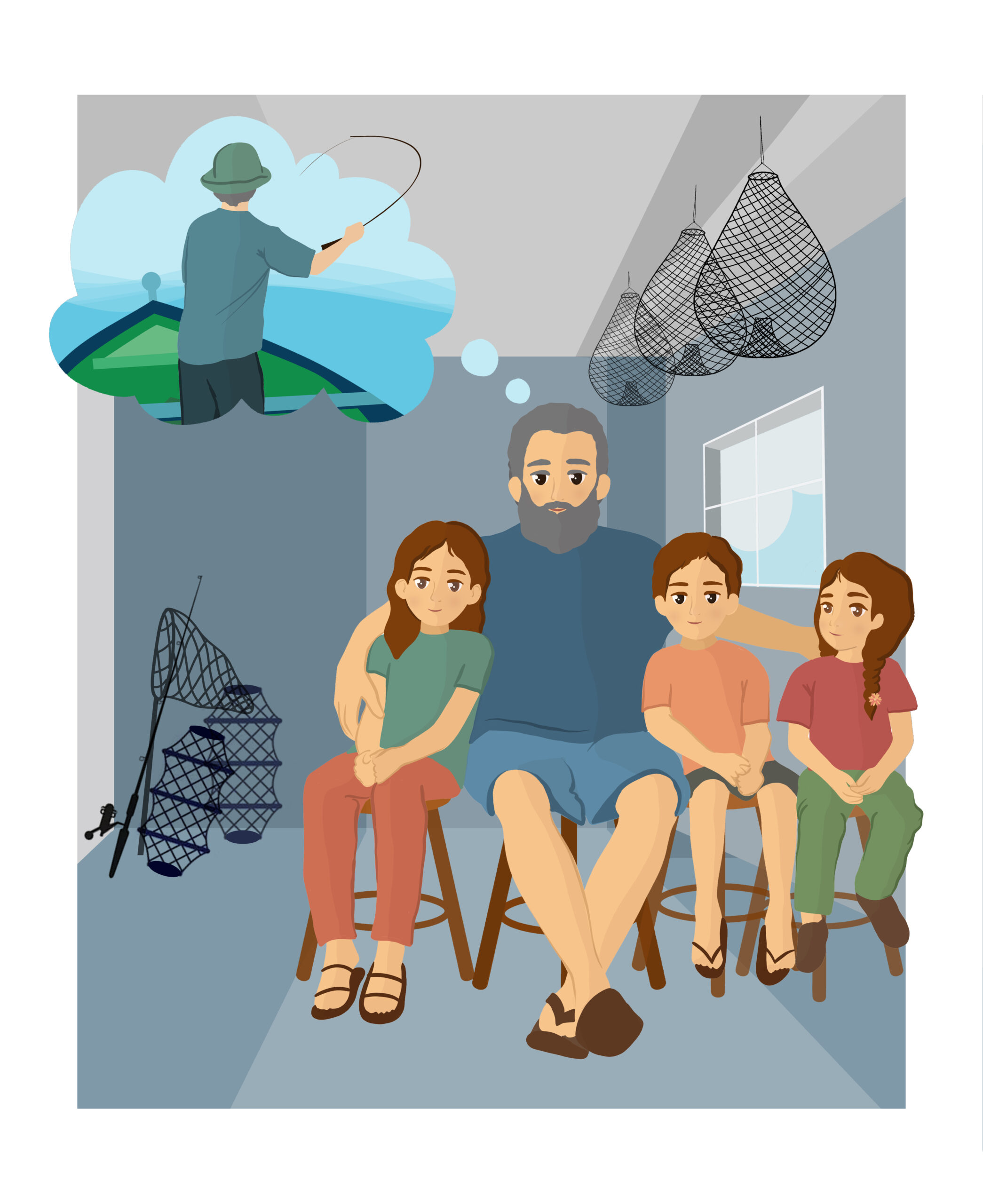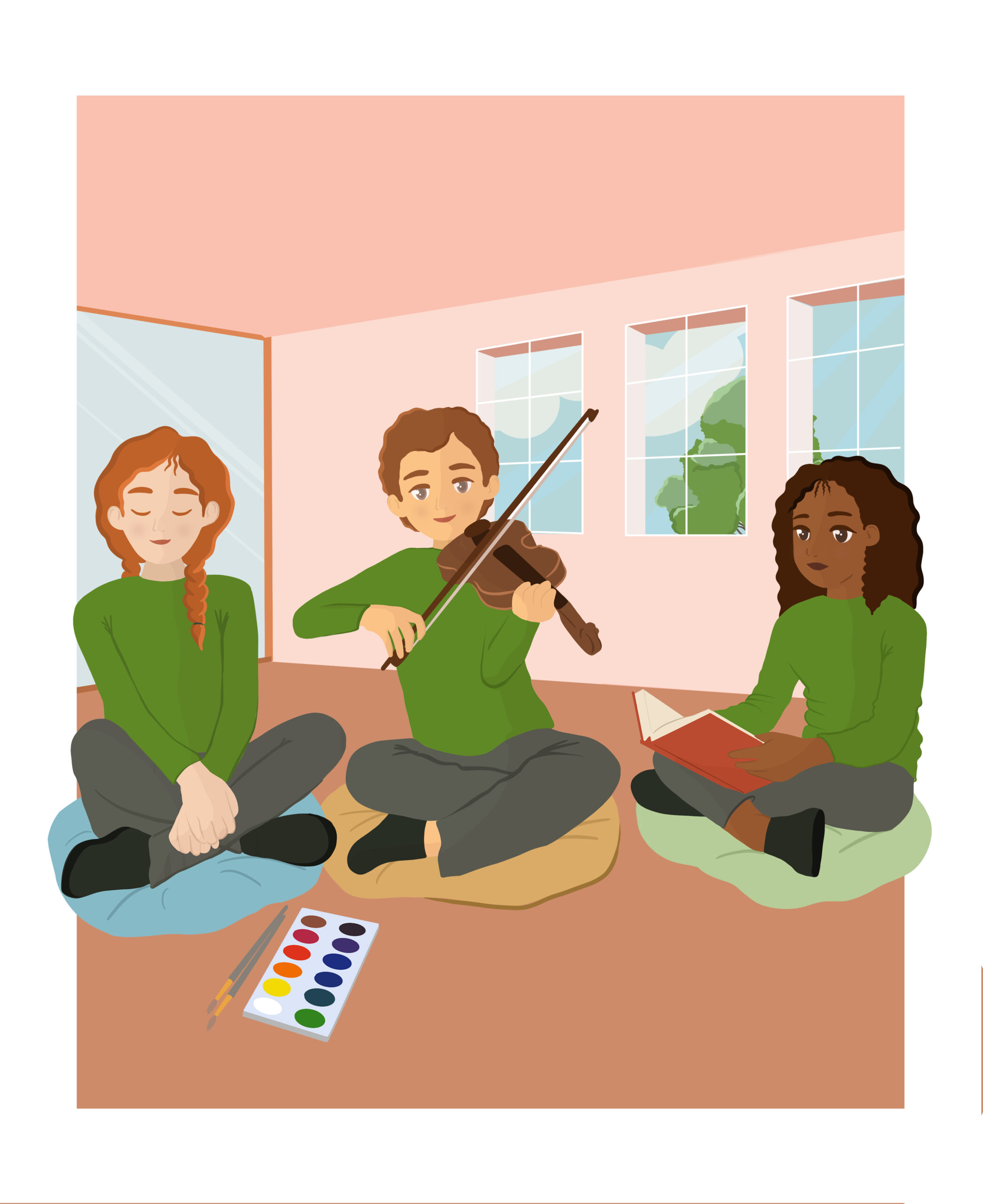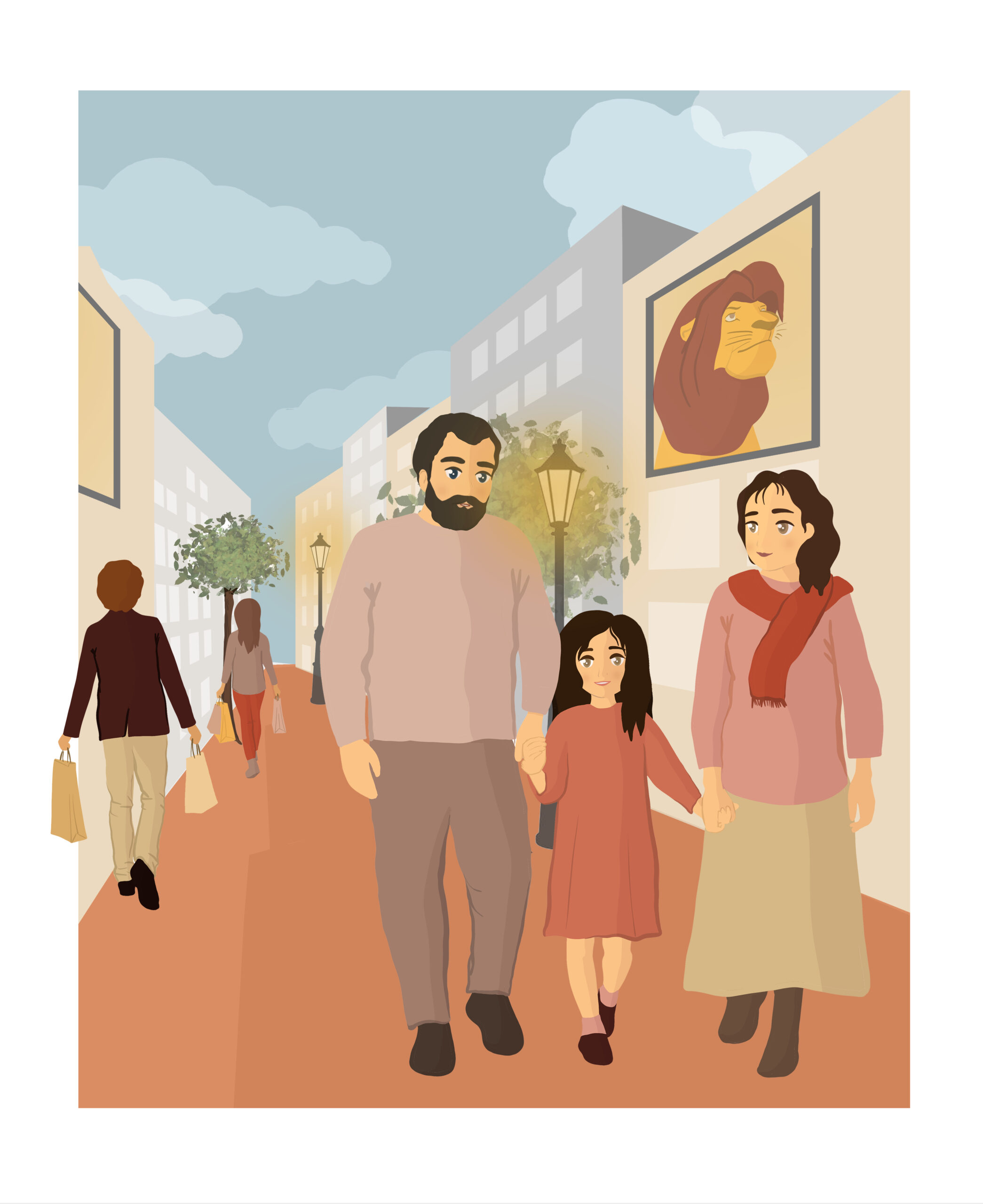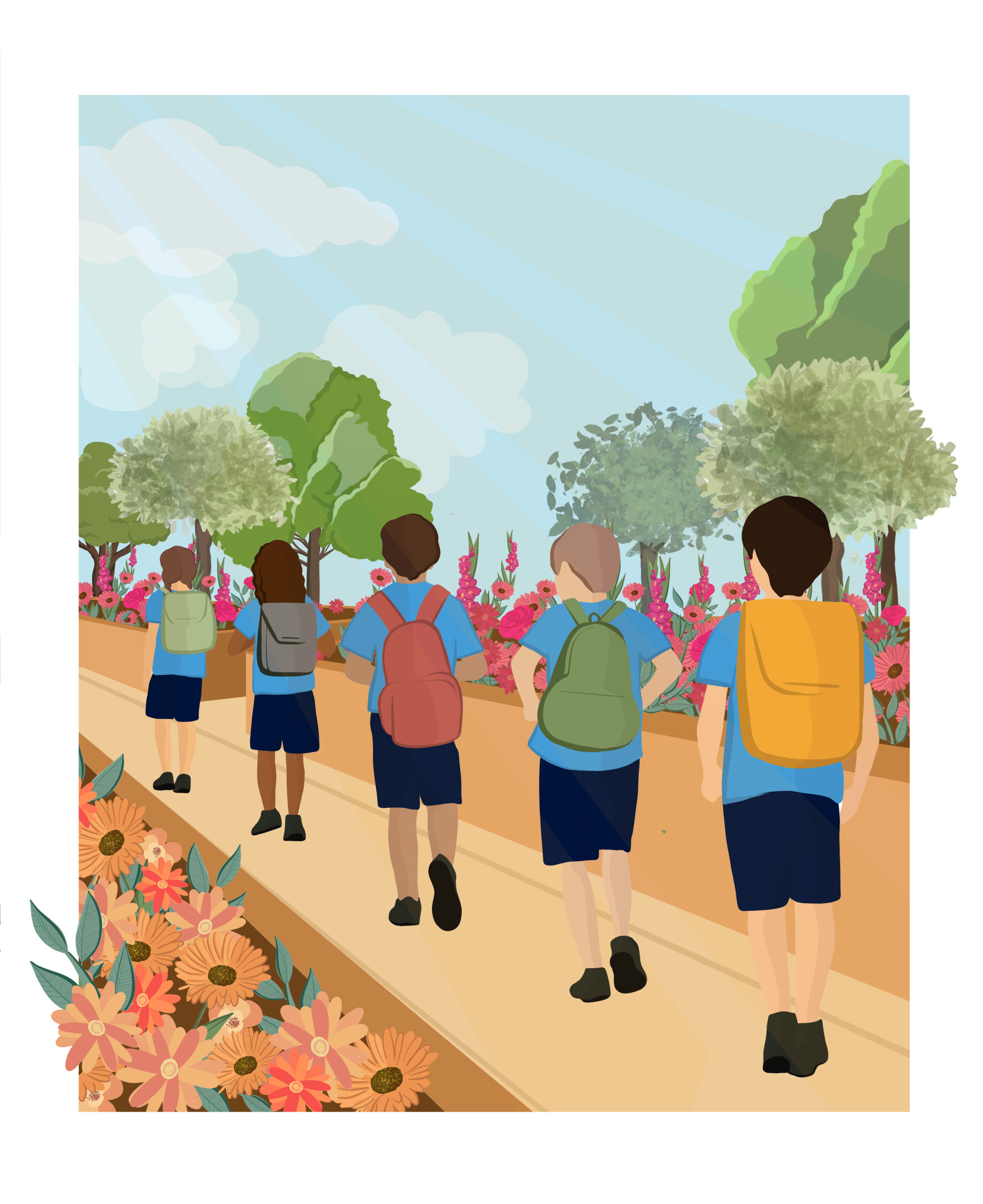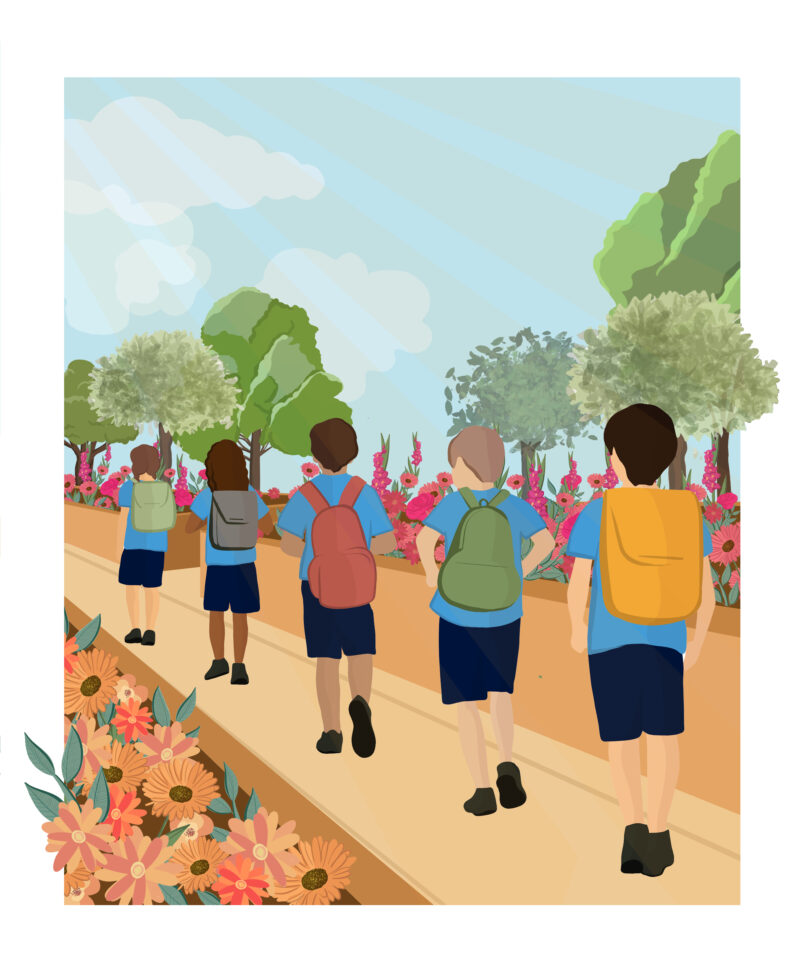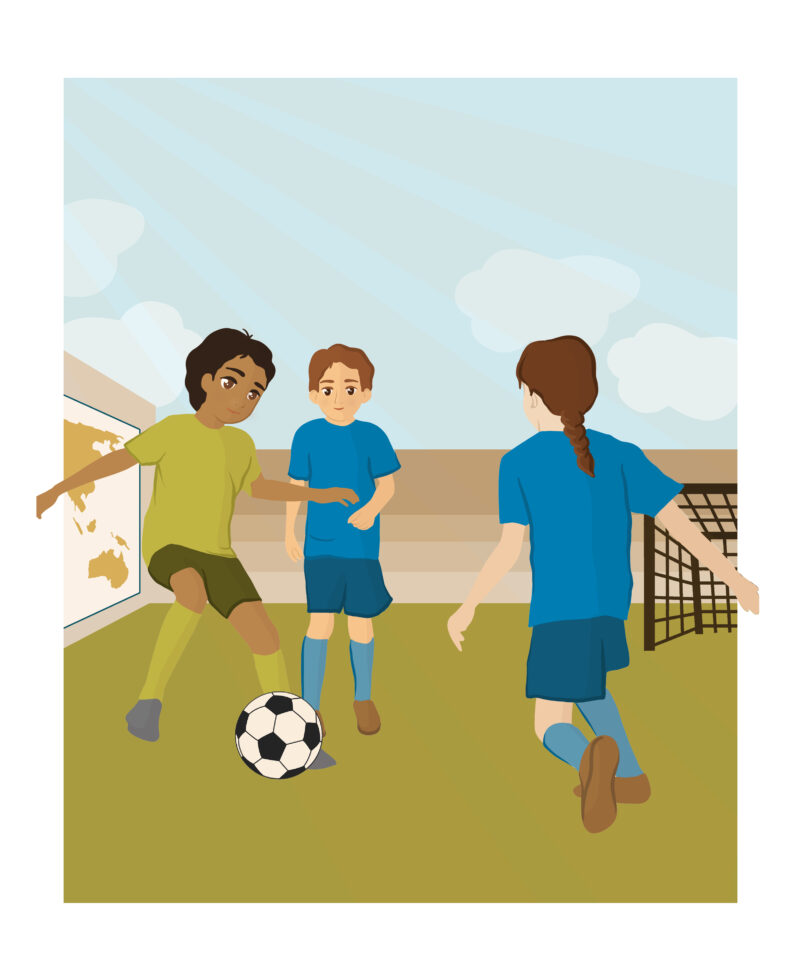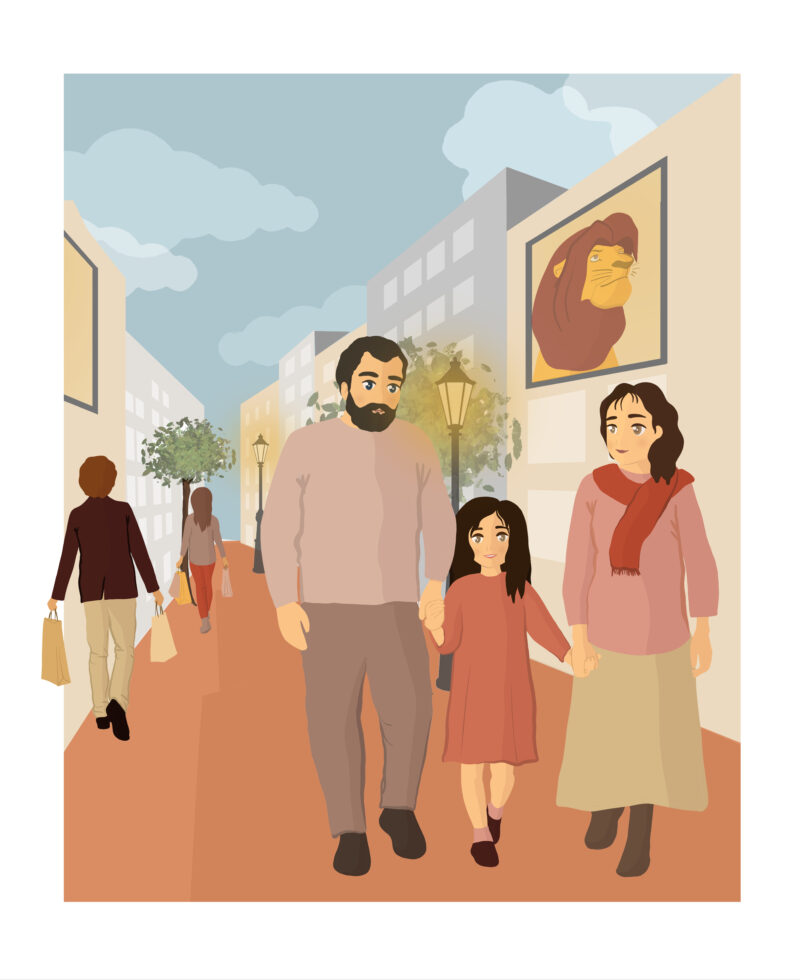The story is about a boy who likes to build sandcastles by the seashore. One day, another boy kicked the other boy’s sandcastle and smashed it. The boy who joyfully built the sandcastle burst into tears. However, he showed kindness to him, forgave him, and continued to play together.
Ages
- Primary Years
- Middle Years
Topics
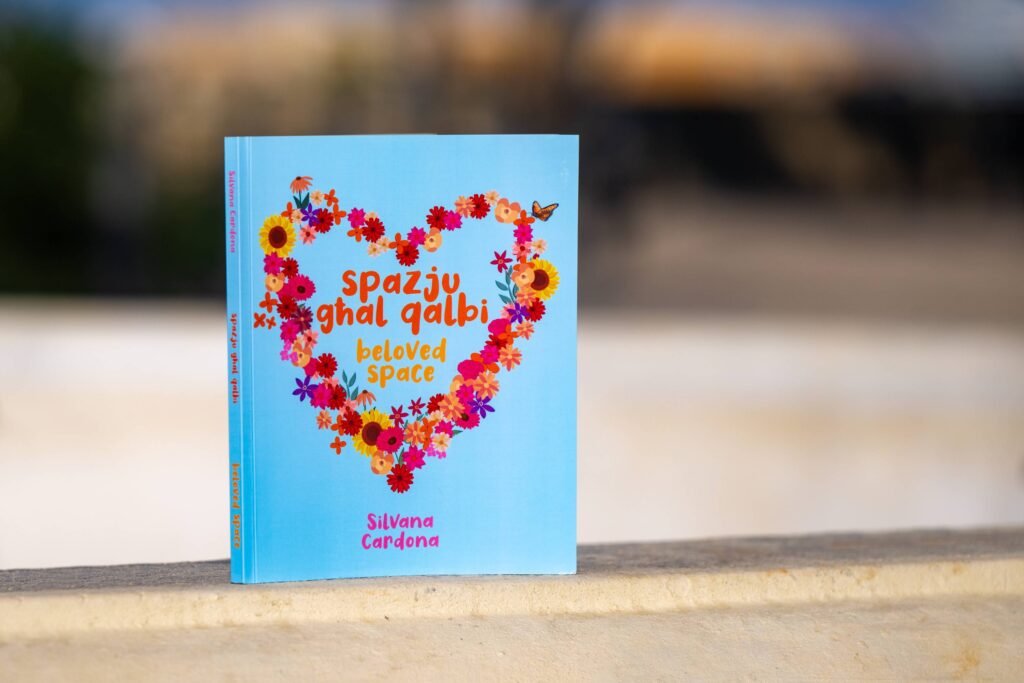
Kastell fir-Ramel
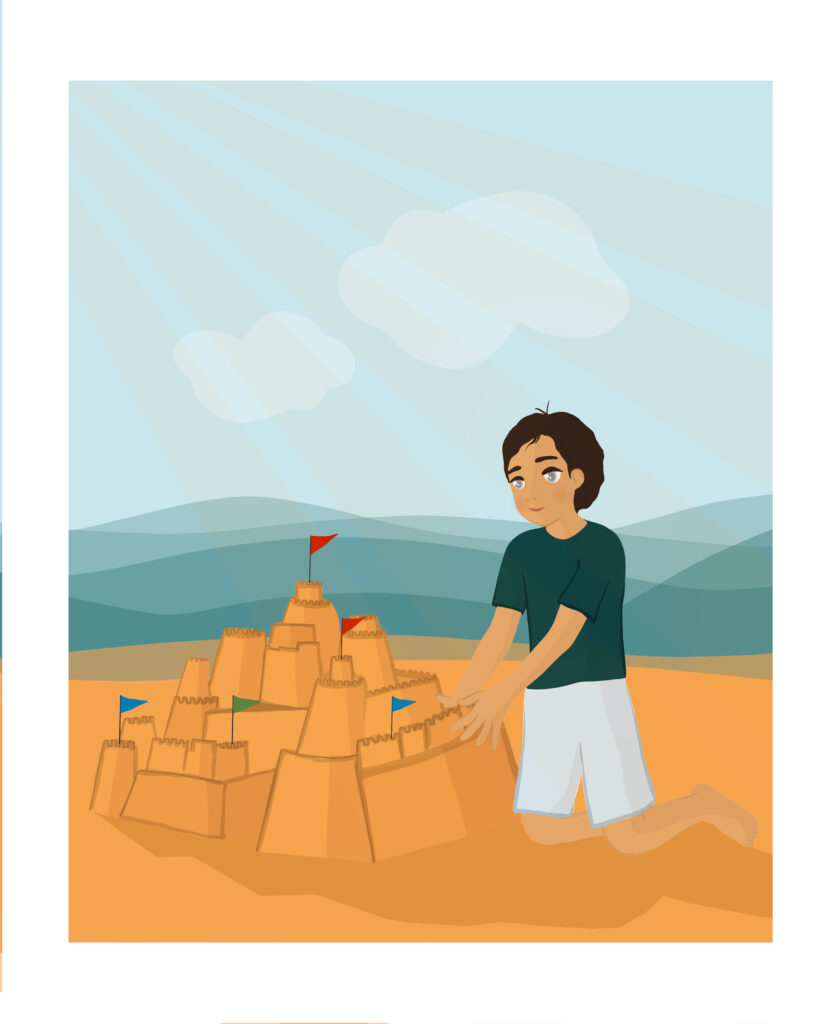
In-nanniet ta’ Renzo għandhom post żgħir bħala villeġġjatura ħdejn il-Bajja s-Sabiħa ta’ Birżebbuġa. Għalkemm dan il-post huwa ċkejken, matul il-vaganzi tas-sajf donnu jikber għax jimtela b’ilħna ferrieħa tal-kuġini ta’ Renzo li jmorru jqattgħu ftit jiem fih flimkien man-nanniet tagħhom. Trid tarahom jarmaw is-saqqijiet mal-art ħdejn xulxin biex ikollhom fejn jorqdu waqt li jaqbżu fuqhom b’tant ferħ.
Kull filgħodu jħobbu jmorru jsellmu lil Ġesù Sagramentat u jagħmlu ftit ħin fis-skiet fil-kappella viċin tagħhom. Imbagħad, jieħdu ġirja waħda lkoll flimkien għal fuq il-bajja u min jasal l-ewwel jibda jxarrab lill-oħrajn bl-ilma baħar. Wara jaqbżu kollha jgħumu, jitilgħu jieklu biċċa ħobż biż-żejt li tkun ħawritilhom in-nanna u joqogħdu jilagħbu fuq ir-ramel.
Renzo l-hena tiegħu jibni l-kastelli fuq ir-ramel. Jibda jħaffer b’idu jew bil-pala sakemm jagħmel kanal mad-dawra tal-kastell biex imbagħad ikun jista’ jidħol l-ilma baħar fih.
Il-paletti kkuluriti tal-ġelati jużahom biex ipoġġihom bħala bnadar fuq it-turretti.
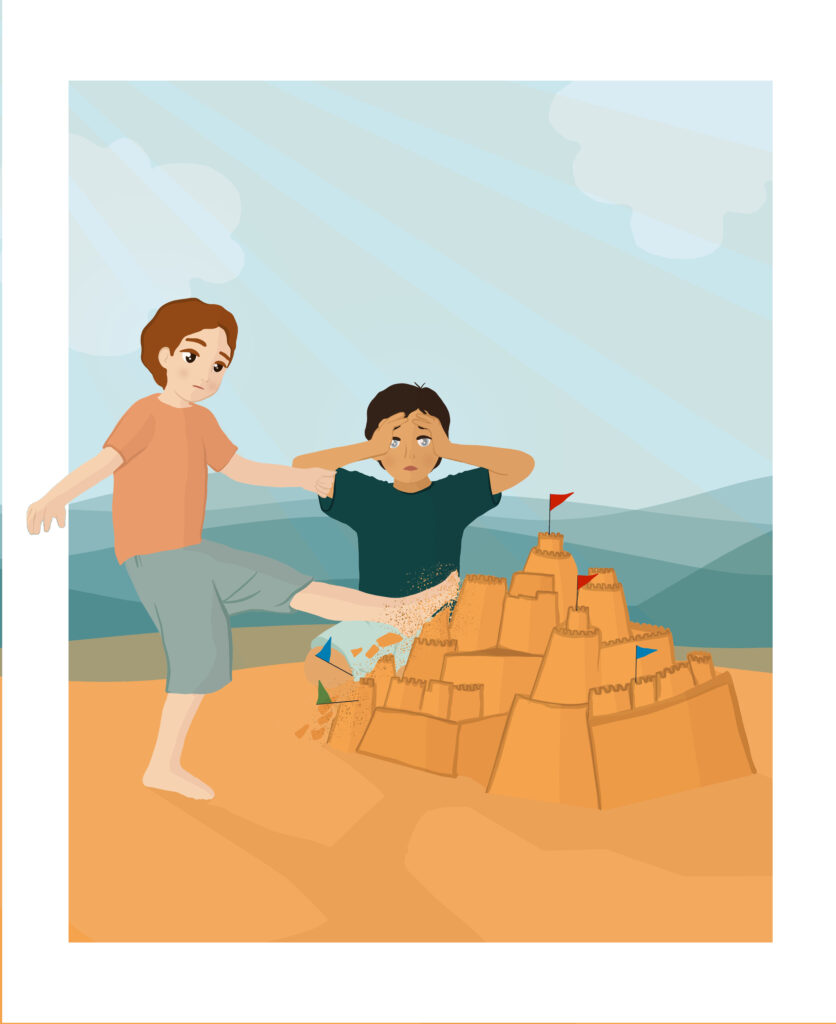
Tifel li nzerta kien qed jiġri fuq ir-ramel waqaf mistagħġeb iħares lejn il-kobor tal-kastell. F’daqqa waħda dan fettillu jagħti daqqa ta’ sieq ġor-ramel u kisser il-kastell li bil-paċenzja kollha Renzo kien bena ħalli jkun jista’ jidħol fih hu, flimkien mal-kuġini tiegħu.
“Le, le, tkissrux! Għalfejn qed tagħmel hekk?” beda jgħajjat Renzo.
Imma dak it-tifel, donnu b’vendikazzjoni, aktar kompla jkissru.
Renzo beka fuq li beka. Kemm kien ħa gost jibnih biex issa l-kastell tar-ramel spiċċa mfarrak!
Meta rah jibki u b’qalbu maqsuma, dak it-tifel ħass għafsa ta’ qalb u beda jiddispjaċih għal dak li għamel.
Imbagħad ġietu idea. Resaq bil-mod lejn Renzo u tah tgħanniqa.
Imbagħad niżel għarkupptejh u b’subgħajh kiteb l-ittra ‘S’ tal-kelma Sorry fir-ramel u talab skuża lil Renzo għal dak li għamillu.
Renzo, li kien tifel twajjeb, għamel minn kollox biex jikkalma. Minflok kompla jirrabja, iddeċieda li jaħfirlu. Kien pront ħassar l-ittra ‘S’ mir-ramel. Ir-ramel reġa’ ġie lixx bħal qabel daqslikieku ma kien ġara xejn. Huwa qallu li kien ħafirlu talli kissirlu l-kastell u filwaqt li talbu ma jerġa’ qatt jagħmel ħaġa bħal din, stiednu biex joqgħod ħdejh u flimkien jerġgħu jibnu l-kastell.
Matul il-kumplament tal-vaganzi, dak it-tifel baqa’ jinżel huwa wkoll fil-Bajja s-Sabiħa biex jiltaqa’ ma’ Renzo u l-kuġini tiegħu, jgħumu u jibnu kastelli tar-ramel flimkien.
Huwa nduna li qatt m’għandek tgħir għal xi ħaġa sabiħa u tajba li jagħmel ħaddieħor. Fehem li meta turi li vera ddispjaċiek għal dak li tkun għamilt, il-persuna l-oħra li tkun irċeviet l-azzjoni kerha mingħandek taħfirlek u ssir ħabib tiegħek ukoll.
Renzo’s grandparents have a small holiday place near Pretty Bay in Birżebbuġa. Although this place is rather small, it seems to become bigger during the summer holidays with the cheerful voices of Renzo’s cousins who go there to spend some days with their grandparents. They jump for joy as they lay their individual mattresses on the floor, one beside the other.
Every morning they love to visit Jesus in the Blessed Sacrament and stay for some time in silence in the nearby chapel. Then, they run together down to the beach and the first one to arrive starts to wet the others with sea water. They all jump in the sea, come up again to eat some bread which their granny has prepared for them and play in the sand.
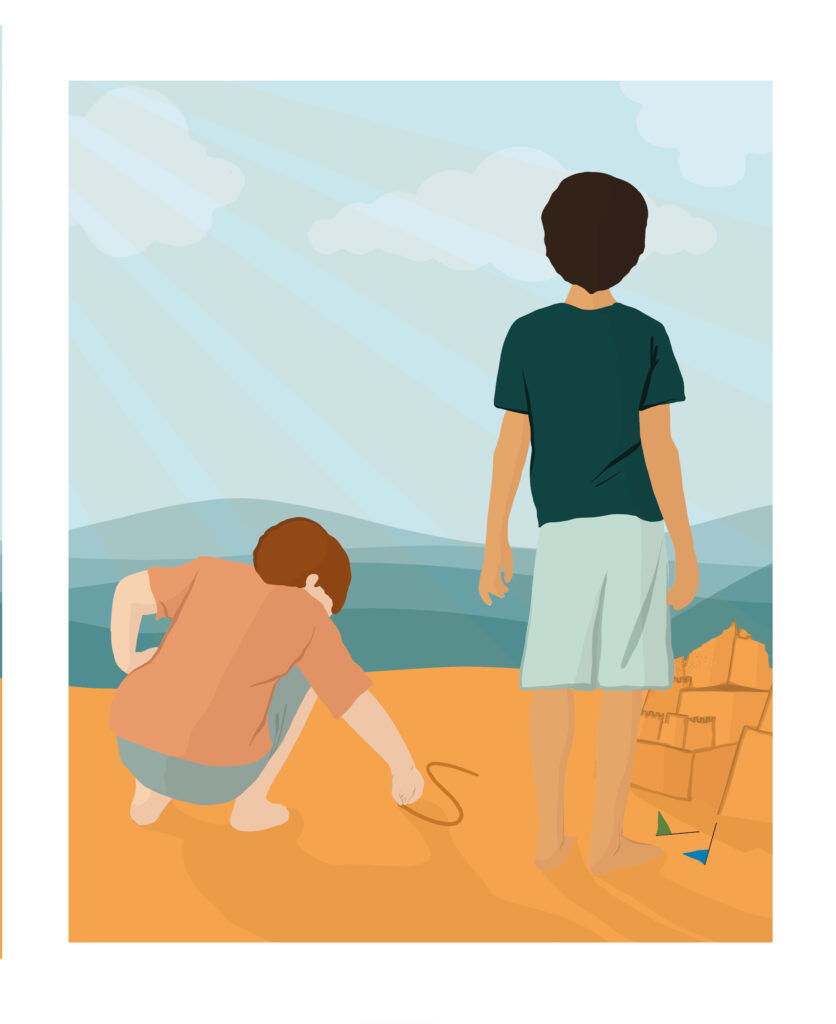
Renzo loves to build sandcastles. He starts digging with his hand or a spade to form a moat around the sandcastle and fills it with sea water. He uses the coloured ice-cream spoons as flags on top of the towers.
A boy who happens to be running on the sand stops in amazement to look at the big sandcastle which Renzo has patiently built for himself and his cousins to go into. Suddenly, this boy starts kicking the castle down.
“No, no, do not destroy it! Why are you doing that?” yells Renzo.
But that boy as if in revenge, continues to smash it.
Renzo cries and cries as all the joy in building the sandcastle fades away!
When he sees him crying and heartbroken, the boy begins to feel sorry for what he has done.
Then he comes up with an idea! He walks slowly towards Renzo and gives him a hug.
He then kneels on his knees and, with his index finger, writes the letter ‘S’ for Sorry in the sand and asks Renzo to forgive him.
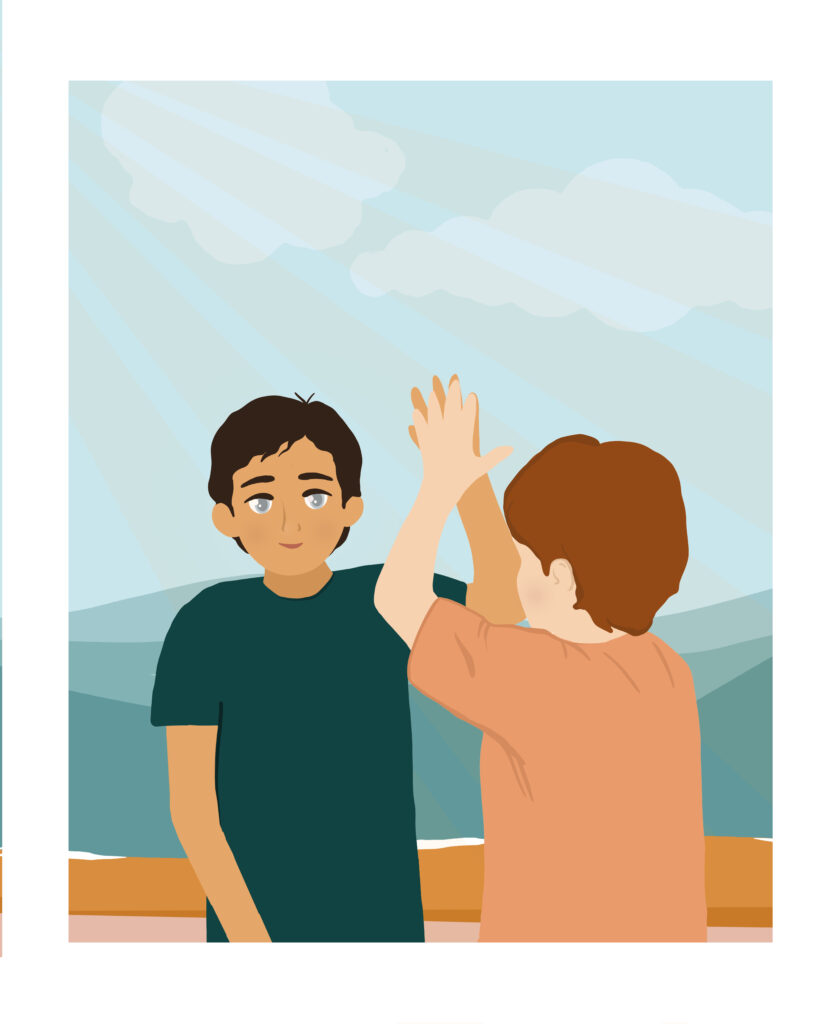
Renzo, who is a good-hearted boy, tries to remain calm. Instead of continuing to get angry, he decides to forgive him. He is quick to erase the letter ‘S’ from the sand. The sand is as smooth as before as if nothing had happened. He tells him that he has forgiven him for destroying his sandcastle and asks him to promise him to never do such a thing again. He invites him to stay near him so they can rebuild the castle together.
For the rest of the holidays, that boy goes to Pretty Bay every day to meet Renzo and his cousins, to swim and to build sandcastles together.
He realises that he should never be jealous of the good deeds of others. He also understands that when you show that you truly regret what you have done, the other person who received a wrong action from you forgives you and becomes your friend.
Il Castello di Sabbia

I nonni di Renzo hanno una piccola seconda casa presso Pretty Bay a Birżebbuġa. Sebbene il posto sia ristretto, sembra ingrandirsi durante le vacanze estive con le voci allegre dei cugini di Renzo che vi passano alcuni giorni con i nonni. Saltano dalla gioia mentre pongono i loro rispettivi materassi sul pavimento, uno accanto all’altro.
Ogni mattina amano visitare Gesù nel Santissimo Sacramento e stare in silenzio nella cappella vicina. Dopo, vanno di corsa insieme verso la spiaggia, e quello che arriva per primo comincia a bagnare gli altri con l’acqua di mare. Tutti si tuffano nel mare, risalgono di nuovo per qualche fetta di pane che la loro nonna ha preparato per loro, e si mettono a giocare nella sabbia.
A Renzo piace costruire castelli di sabbia. Si mette a scavare con la mano o una paletta per formare un fosso attorno al castello riempendolo con l’acqua di mare e usando i cucchiai colorati per i gelati come bandiere sulla cima delle torri.
Un ragazzo, che per caso corre sulla sabbia, si ferma e guarda stupito il grande castello di sabbia che Renzo si è costruito pazientemente perché lui e i suoi cugini possano intrufolarsi. All’improvviso questo ragazzo si mette ad abbattere il castello a calci.
“No, no, non distruggerlo! Perché stai facendo questo?” urla Renzo.
Ma quel ragazzo non smette di fracassarlo, come se facesse questo per vendetta.

Renzo piange a diritto mentre osserva tutta la gioia nel costruire il castello di sabbia svanire.
Vedendolo piangere e con il cuore infranto, il ragazzo comincia a pentirsi di ciò che ha combinato.
Poi gli balena un’idea! Procede lentamente verso Renzo e lo abbraccia.
Poi s’inginocchia e con l’indice, scrive ‘P’ per perdono nella sabbia e chiede Renzo di perdonarlo.
Renzo, che ha un buon cuore cerca di rimanere calmo. Invece di continuare ad arrabbiarsi con lui, decide di perdonarlo. Rapidamente cancella la lettera ‘P’ dalla sabbia. La sabbia è liscia come prima come se nulla fosse accaduto. Gli dice che gli perdona d’aver distrutto il suo castello di sabbia, mentre lo prega di promettergli di non rifare mai una cosa del genere.
Per il resto delle vacanze, quel ragazzo va a Pretty Bay ogni giorno per incontrare Renzo e i suoi cugini, per fare il bagno e per costruire castelli di sabbia insieme a loro.
Il ragazzo si rende conto che non deve essere mai invidioso delle buone qualità o azioni altrui. Comprende anche che quando tu mostri che ti penti veramente di quel che hai fatto, l’altra persona che ha ricevuto il torto ti perdona e diventa il tuo amico.
Resources related to this story
We want to get to know you. To be able to bookmark your favourite content, please log in or sign up below.
User Sign Up
Discover more resources


